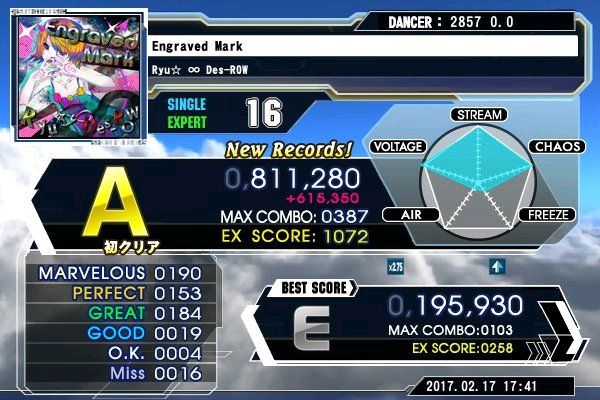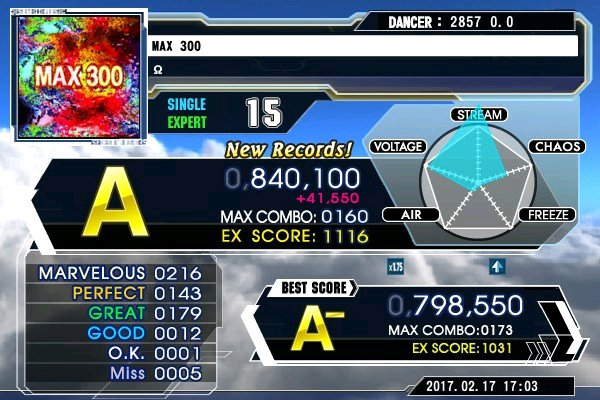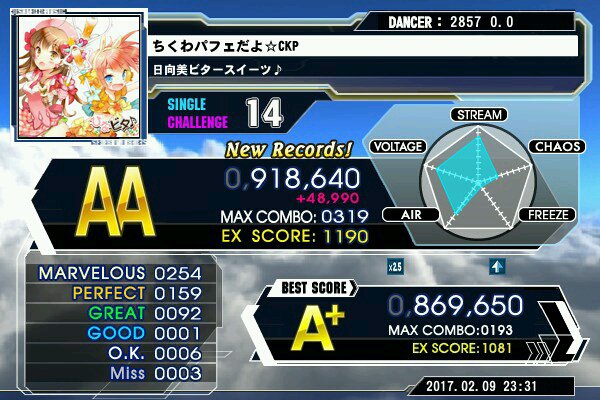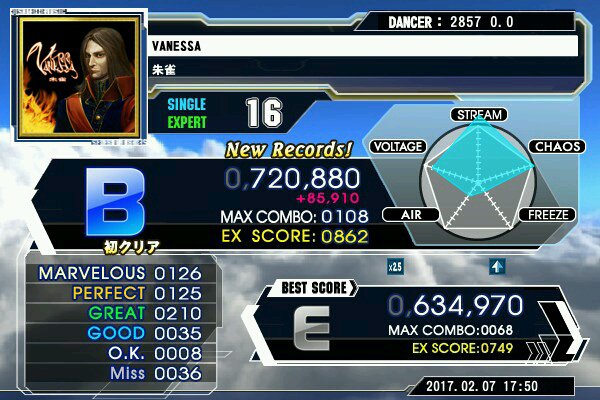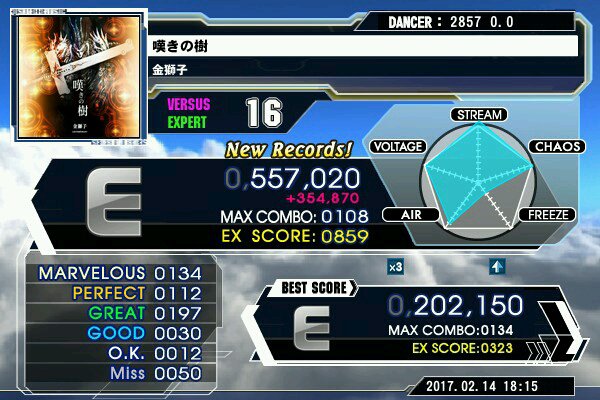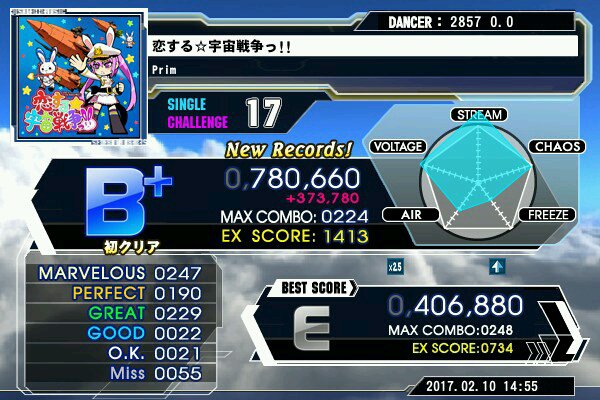An essential part in any trip to Japan. Such a unique class of cuisine that is spread universally, with various form developed in different places, yet delivered by the same type of people -- the professionals who carries the spirit over generations.
My love to noodles does not restrict to ramen. Italian (pasta), Chinese (egg noodles, `river' noodles, vermicelli,... and a lot more), Japanese (udon and soba) -- are all my favourites. You expect different textures and hence different combination of ingredients to go with different kinds of noodles. For example the best way to enjoy Cantonese wonton noodle has to be fine egg noodles with wonton in a clear shrimp based soup, and when it comes to ramen I prefer a rather thick soup acting as a bridge to mix everything together.
During my trip I tried lots of different ramen, but here are six that impressed me, emphasizing two uncommon classes of ramen outside of Japan, chicken soup based ramen and dipping ramen.
[My out of 10 rating system - 6 = adequate 7 = good 8 = excellent]
*
道玄家 蒲田東店 (Dougenya)
東京都 大田区 蒲田 5-28-4
Tabelog: 3.03/5
My rating: 6.5/10
Close to the Keikyu station, Kamata is not a bad place to find some quick food especially in the night time. They are more well known for their chicken ramen which is less common in the foreign world, so I gave it a try.
Chicken soup for ramen does not taste like western broth - instead it is more like the pure taste of chicken - and when it becomes very thick it works well with other strong companions like chopped spring onion and raw onion. The protein - chicken thigh, chicken breast and meatball delivered properly. I like their use of fine noodles as they trap more soup when you take them out; eventually you finished and didn't find much soup left, then you know that must be heck of a thick soup. My only complaint is the quality of the noodle itself - the texture is slightly too soft to match other ingredients [onions and chicken pieces].
(As a said note...their shio-tonkotsu ramen is quite bad...I would rather recommend their strength only.)
*
麺屋 武一 秋葉原店 (Menyatakeichi)
東京都 千代田区 外神田 3-13-5
Tabelog: 3.56/5
My rating: 7.5/10
It's very hard for me to describe how good this is...an evolved version of Dougenya's one. Softer treatment on chicken breast, nice bamboo shoot and soft boiled egg with flavors well penetrated, better noodles...there is a reason for this restaurant to become popular among all the others in the center of Akihabara.
*
天下一品 蒲田店 (Tenkaippin)
東京都 大田区 西蒲田 7-5-13
Tabelog rating: 3.08/5
My rating: 6/10
One of the leading chain stores when it comes to thick soup as well as Kansai ramen. I was strongly encouraged to try this, so why not?
What makes things even more interesting is that the soup is chicken based instead of pork of cow...but you can quite clearly differentiate Tenkaippin's soup from the previous two due to the bulk use of vegetables. The soup looks thick as sludge, and taste thick as sludge...but everything just work, even the sandiness in the soup adds another layer to the overall texture.
You may occasionally find rice as an extra option to go with dipping noodles - that you can dump the rice into the thick soup and enjoy every bit of the meal. You can do the same here, and in fact this is a popular option here. Unlike dipping soup that could be too salty even with rice, the chicken based soup here is very close to our usual leftover juice that you liked to pour over rice...just a much delicious one.
Undoubtedly they have some very solid ramen...but the rest are less satisfying. The barbecued pork is rather dry, the gyoza is kind of bland and the fried chicken...somehow reminded me "America's worst fried chicken of the night" from Masterchef,
if you know what I mean.
*
頑者ネクスト レベル アクアシティお台場店 (頑者 NEXTLEVEL)
東京都 港区 台場 1-7-1 アクアシティお台場(Aqua City) 5F
Tabelog rating: 3.06/5
My rating: 6.5/10
Ramen themed food court in shopping mall, Daiba. Well I do have expectations when it comes to dipping noodles but once again I shouldn't have too much expectation over restaurants in malls from a tourist spot.
The motivation for separating soup and noodles is to preserve noodle's texture. But by doing such it will be very hard to keep the soup warm because cold noodles will draw the heat away quickly. This is sometimes compensated by allowing customers to re-heat the soup or adding new boiling soup into the bowl, but they do not seem to be popular solutions in Japan.
At first I thought the noodles here are relatively expensive (about 200 yen higher) because it's inside a mall, but it turns out to be a feast - you will find 3 pieces of pork in this 1100 yen set (2 of them in the soup), each giving a different flavor. The prawn and pork based soup is rather salty, but matches with the well-known thick noodle.
Everything is so good -- you even got the exclusive view of Tokyo Bay from here, but the cold soup could ruin the day. I just do not like the design of the bowl because it gets cold even faster. Or maybe it's only my fault as I failed to communicate with the waiter properly...
*
東京駅 斑鳩 (Ikaruga)
東京都 千代田区 丸の内 1-9-1 東京駅一番街 B1F (Ramen street, "First Avenue" Tokyo Station)
Tabelog rating: 3.58/10
My rating: 7/10
You know that has to be a great one when the tabelog rating is 0.5 higher than the rest...and it is indeed a good one. When I am standing in front of the vending machine a waiter came and unchecked the "sold out" signal for dipping ramen - so I knew I had to go for it.
It was my first time having spicy ramen soup. Never a big fan of any kind of spiciness, but I have to say that it worked well with the fish and pork based soup. Very tender and flavorful pork, good noodles and egg...but again the soup got cold before I could finish all noodles at my greatest pace.
As a rather classy restaurant they did a great deco job and I enjoyed eating there a lot. My only complain was the cloth covering spoons...that failed to match with the rest of the restaurant.
*
はやし (Hayashi)
東京都 渋谷区 道玄坂 1-14-9 ソシアル道玄坂
Tabelog rating: 3.61/10
My rating: 8.5/10
If you have never tried ramen before, take this as your origin.
Then you will fall in love with ramen.
Menu with ultimate simplicity: ramen, ramen with egg and ramen with roasted pork, but they executed every part to perfection: noodles with right thickness and chewiness, fish and clam based soup not boiling but at the right temperature for you to enjoy immediately once served, nicely layered pork slice... The instant reaction from both my friend and me as a first time visitor -- "now I know why people are queuing for this". It's very hard to describe in words but it has to be one of the best ramen restaurant in Shibuya.
*
I really should have written this before the taste fled from my memory...or instead I should have learned to describe good food and not just criticizing.














